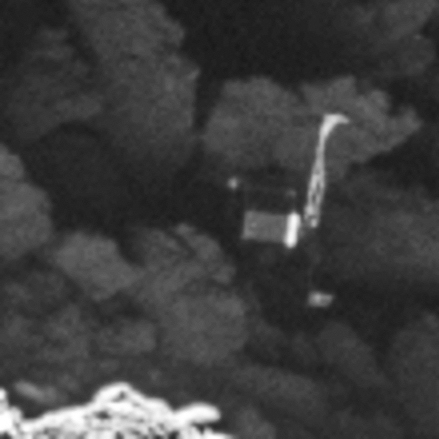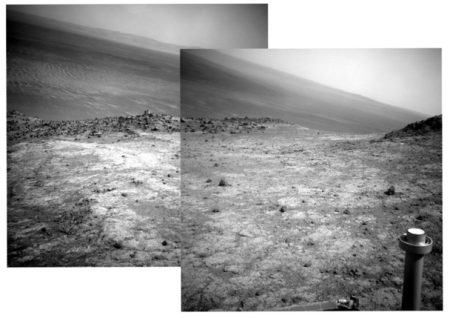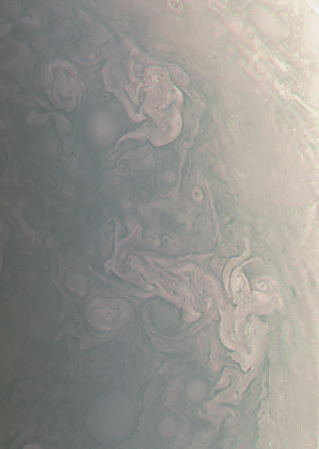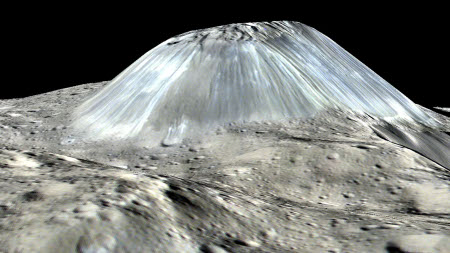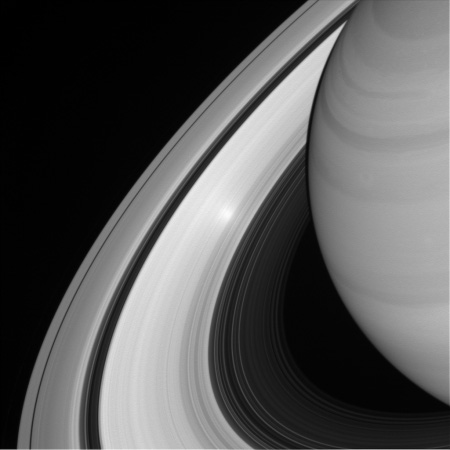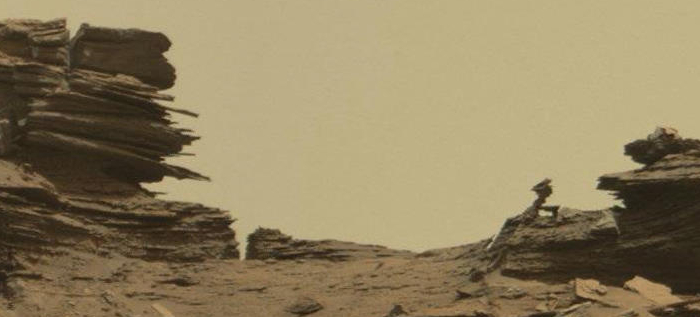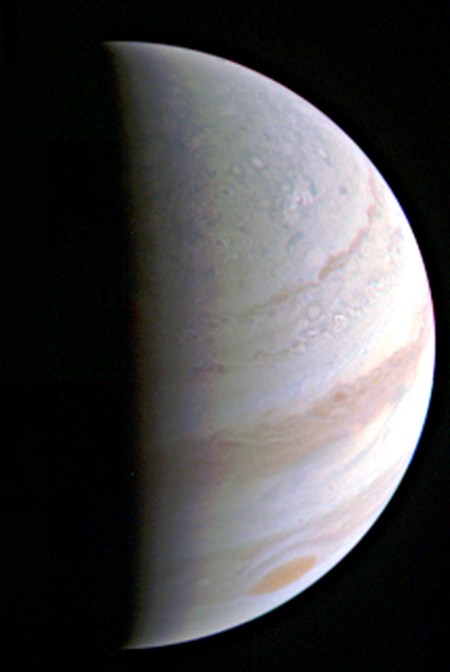The technology of Star Trek
On this, the fiftieth anniversary of the first airing of the first Star Trek episode, here is a fascinating look at the fictional technology of the series.
I remember that Thursday evening fifty years ago very well. As a teenager I had been suffering for years watching very bad and stupid television science fiction, like Lost in Space, written as if its audiences were five year old children and thus insulting them. Still, as an avid reader of science fiction that knew the genre was sophisticated and intelligent, I held onto the hope that some new science fiction show might finally do something akin to this.
Star Trek did this and more. That first episode had all the best elements of good drama and great science fiction: a mystery, an alien, a tragic figure, and an ancient lost civilization. From that moment until the series was cancelled, I would be glued to my television set when it aired.
You can watch that first episode if you wish, though with commercials. Click on the first link above to do so. In watching it recently when Diane and I decided to rent the original series from Netflix and watch them again, I was surprised how well this episode, as well as the entire first series, has stood up over time. It is not dated. Its drama remains as good. And you know, the writing is sometimes quite stellar, to coin a phrase.
On this, the fiftieth anniversary of the first airing of the first Star Trek episode, here is a fascinating look at the fictional technology of the series.
I remember that Thursday evening fifty years ago very well. As a teenager I had been suffering for years watching very bad and stupid television science fiction, like Lost in Space, written as if its audiences were five year old children and thus insulting them. Still, as an avid reader of science fiction that knew the genre was sophisticated and intelligent, I held onto the hope that some new science fiction show might finally do something akin to this.
Star Trek did this and more. That first episode had all the best elements of good drama and great science fiction: a mystery, an alien, a tragic figure, and an ancient lost civilization. From that moment until the series was cancelled, I would be glued to my television set when it aired.
You can watch that first episode if you wish, though with commercials. Click on the first link above to do so. In watching it recently when Diane and I decided to rent the original series from Netflix and watch them again, I was surprised how well this episode, as well as the entire first series, has stood up over time. It is not dated. Its drama remains as good. And you know, the writing is sometimes quite stellar, to coin a phrase.


